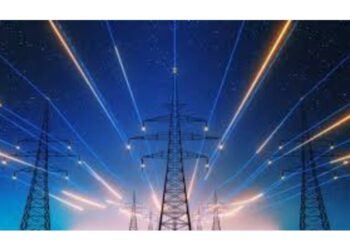WHAT IS IT?
Ocean acidification is often dubbed as the evil twin of climate change, and rightly so. The ocean is the planet’s biggest carbon sink. Since we have started burning fossil fuels and started producing CO2, half of it has been absorbed by the ocean.
Carbon dioxide combines with seawater to produce carbonic acid. The reaction also leads to increased concentration of hydrogen ions in the water. These hydrogen ions increase the pH level of water, making it more acidic.
The average seawater is 30% more acidic than it was at the start of the industrial age. By the end of the century, the ocean’s pH levels could reach 7.8. At the start of the industrial revolution, the pH was 8.2.
RAMIFICATIONS
There are several ill effects entailing such a disastrous calamity. Ocean acidity, first and foremost, threatens the biodiversity of the sea. Marine ecosystems such as coral reefs protect shorelines from storms and hurricanes, preventing possible property damage and loss of human life.
Acidification leads to the formation of corrosive habitats for sea creatures. Calcifying organisms like the oysters, mussels, shellfish, and coral in the sea need carbonates to build and strengthen their shells.
The released hydrogen ions combine with the carbonate, leaving nothing for the shells. The acidity leads to drops in metabolic rates and immunity of creatures like clams, oysters, and coral. The ability of corals to reproduce is also diminishing.
We have already lost 80% of the corals in the past 30 years. Coral, crustaceans, and molluscs are finding it tougher to build and maintain calcareous shells. Baby oysters are dying due to the changing chemistry of the water, and the larval fish are not able to grow as quickly as they should.
This will also invariably threaten the foundation of the whole ocean food chain. There are small organisms called pteropods, at the bottom of the food chain. They are often referred to as the biological indicators of ocean acidification.
They are highly sensitive to acute changes in ocean chemistry. In corrosive water, they have trouble growing up. The population of fish and plankton at the bottom of the food chain is also dwindling.
Even the olfactory system of fish gets affected, and they lose their sense of smell, as a result, they are not able to find food to be able to predict potential predators trying to attack them.
Human-made carbon dioxide also affects the ocean acoustics. Sea creatures use echolocation to determine the location of objects and make diversions in their paths to save themselves and obstacles and also ascertain potential predators. CO2 adds to the already amped-up noise in seawater because of the increased human activities.
Moreover, ocean acidification is a threat to the livelihood of millions of fishermen across different coasts. Besides this, around 40% of the global population relies on seafood as a significant source of protein. The decrease in the nutritional composition of seafood will directly affect the health of more than a billion people.
PREVENTIVE FACTORS
Mitigating greenhouse gas emissions is the primary solution to ocean acidification. As overfishing causes an imbalance in the whole marine ecosystem, there should be strict regulations in place for fishing activities. There should be monitoring of localized sources of acidification from pollutants such as fertilizers. Marine protected areas should be established to protect highly vulnerable and endangered species.
The ocean not only provides a large chunk of oxygen that we breathe but absorbs greenhouse gases, thus dramatically lessening their effect on the atmosphere. It plays a key role in keeping the Earth’s climate in balance. Furthermore, billions of lives are dependent on oceanic sources. The ocean is an immeasurable force of nature that needs to be protected, come what may.
About The Author:

Shreyas Gowda
The Author is the Senior Vice President (Sr. VP) of Oorjan Cleantech (https://www.oorjan.com). Oorjan is one of India’s fastest-growing solar companies, co-founded by IITians and ex-bankers.













